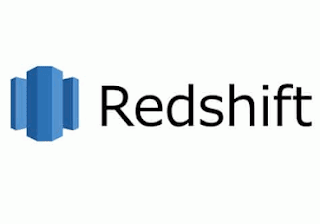7 Simple steps to start with Amazon Redshift
So here is 7 Simple steps How to start working with Amazon Redshift
Amazon Redshift is a fully managed, petabyte-scale data warehouse service in the cloud. An Amazon Redshift data warehouse is a collection of computing resources called nodes, which are organized into a group called a cluster. Each cluster runs an Amazon Redshift engine and contains one or more databases.
If you are a first-time user of Amazon Redshift, we recommend that you begin by reading the following sections:
Amazon Redshift Management Overview This topic provides an overview of Amazon Redshift.
Service Highlights and Pricing This product detail page provides the Amazon Redshift value proposition, service highlights, and pricing.
Amazon Redshift Getting Started This guide provides a tutorial of using Amazon Redshift to create a sample cluster and work with sample data.
This guide is a tutorial designed to walk you through the process of creating a sample Amazon Redshift cluster. You can use this sample cluster to evaluate the Amazon Redshift service. In this tutorial, you’ll perform the following steps:
Step 1: Set Up Prerequisites
Step 2: Create an IAM Role
Step 3: Launch a Sample Amazon Redshift Cluster
Step 4: Authorize Access to the Cluster
Step 5: Connect to the Sample Cluster
Step 6: Load Sample Data from Amazon S3
Step 7: Find Additional Resources and Reset Your Environment
NOTE: After you complete this tutorial, you can find more information about Amazon Redshift and next steps in Where Do I Go From Here?
Important:
The sample cluster that you create will be running in a live environment. The on-demand rate is $0.25 per hour for using the sample cluster that is designed in this tutorial until you delete it. For more pricing information, go to the Amazon Redshift pricing page. If you have questions or get stuck, you can reach out to the Amazon Redshift team by posting on our Discussion Forum.
This tutorial is not meant for production environments, and does not discuss options in depth. After you complete the steps in this tutorial, you can use the Additional Resources section to locate more in-depth information to plan, deploy, and maintain your clusters, and to work with the data in your data warehouse.

Comments
Post a Comment